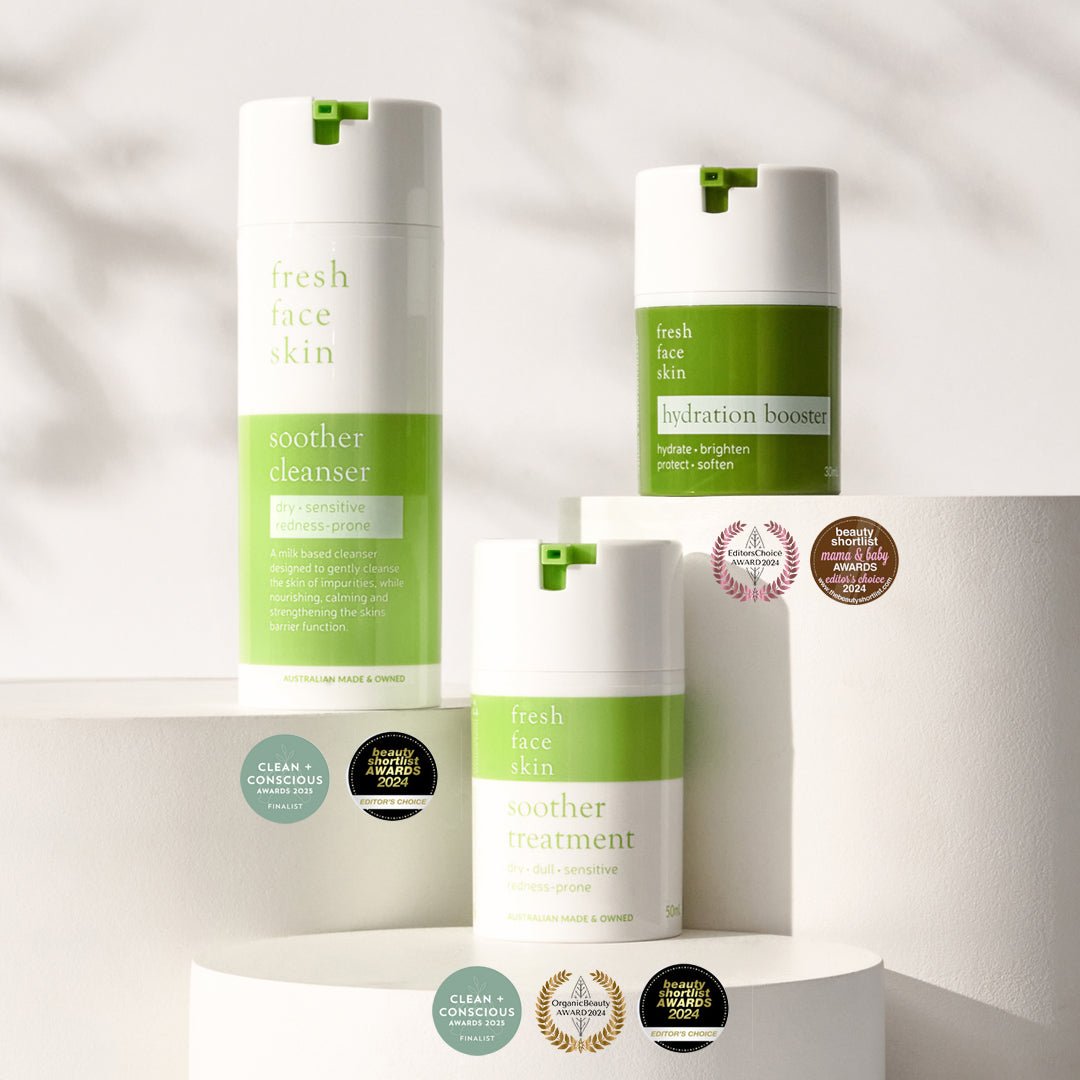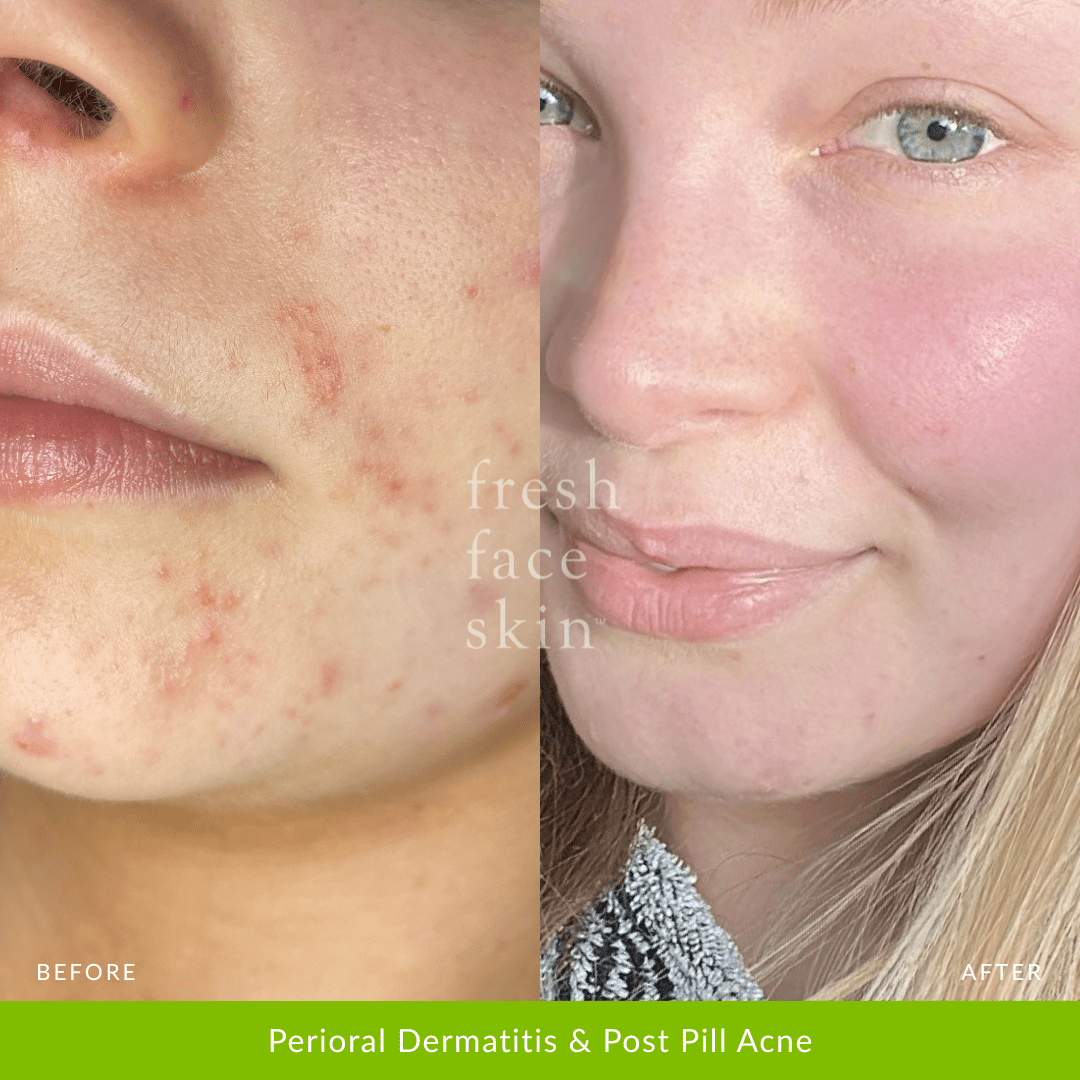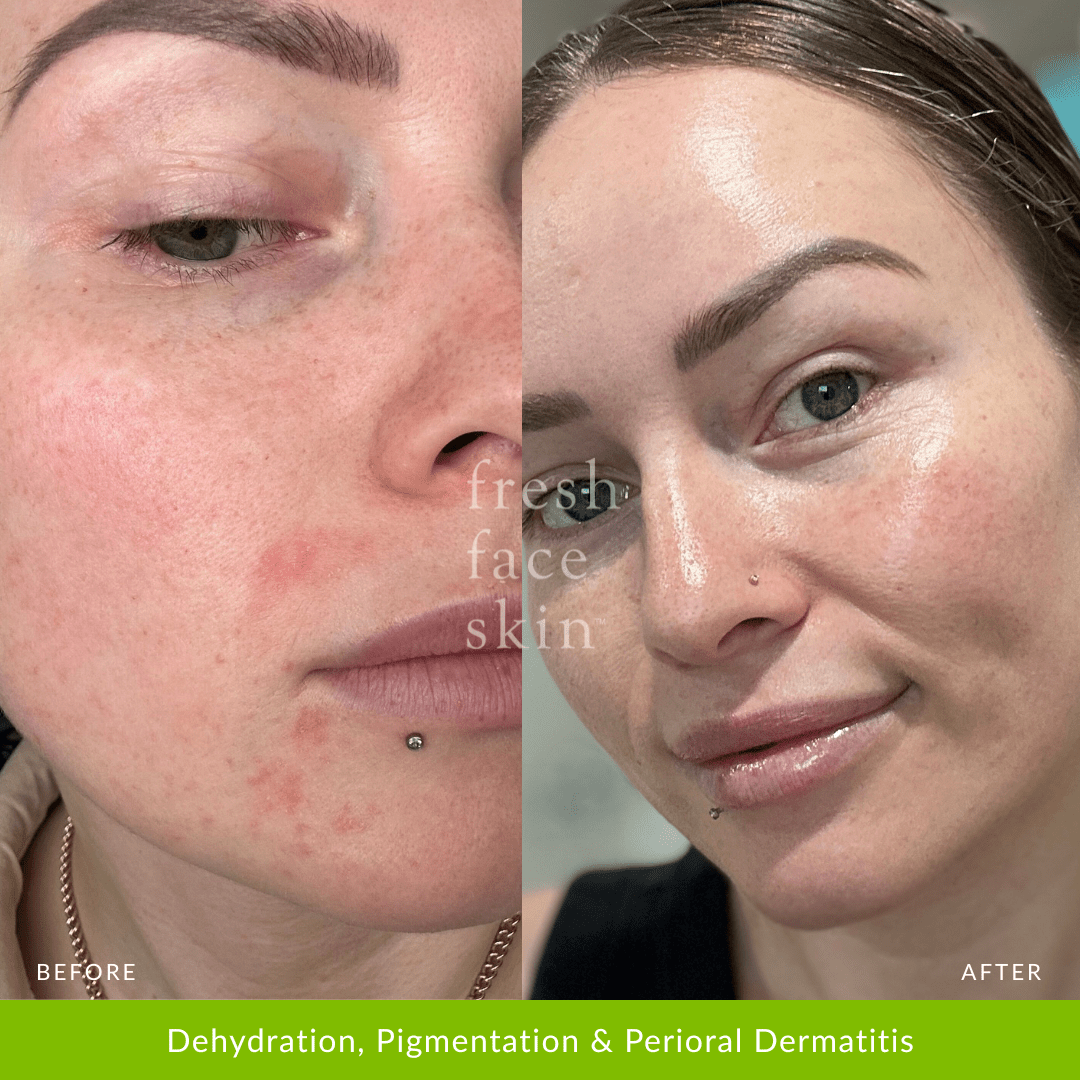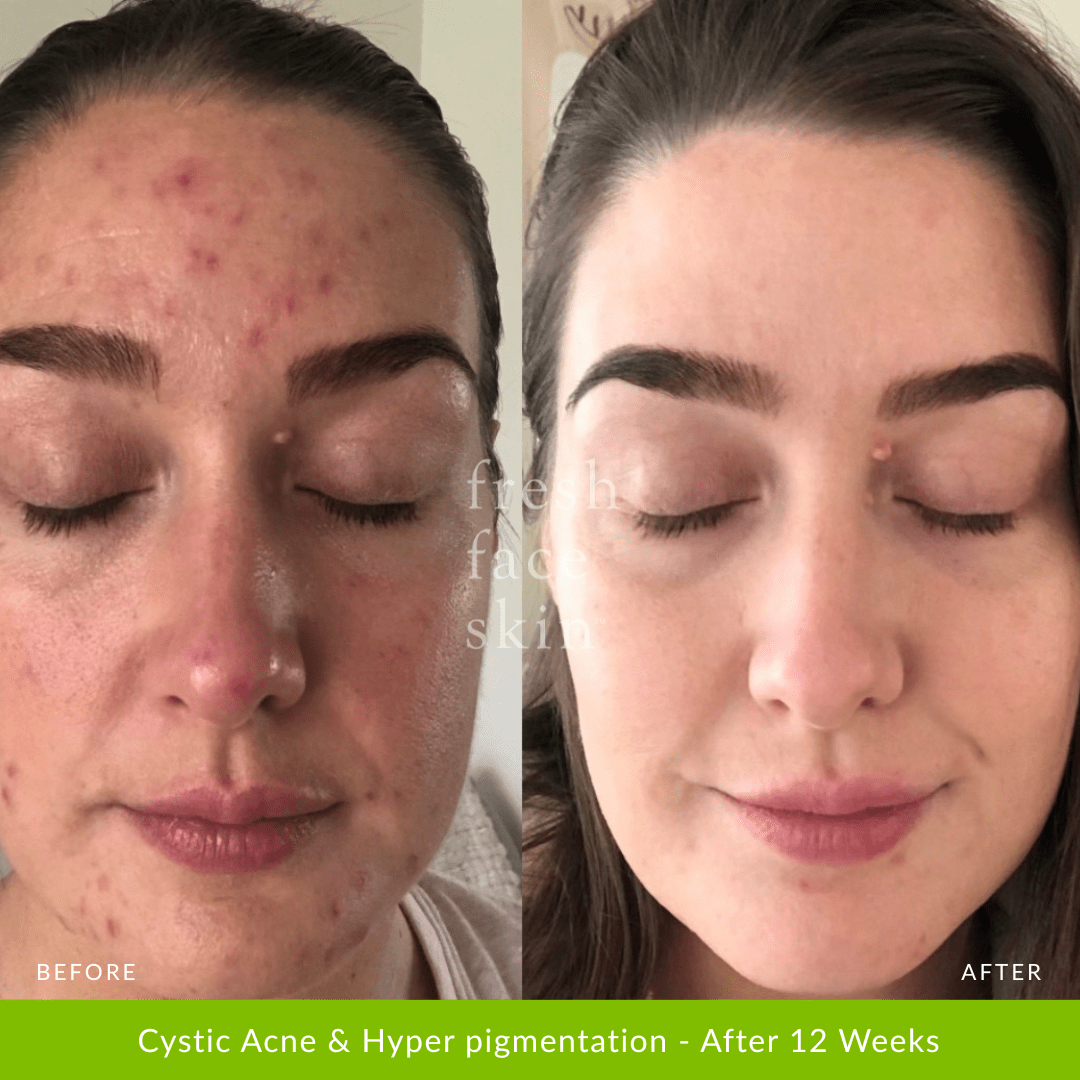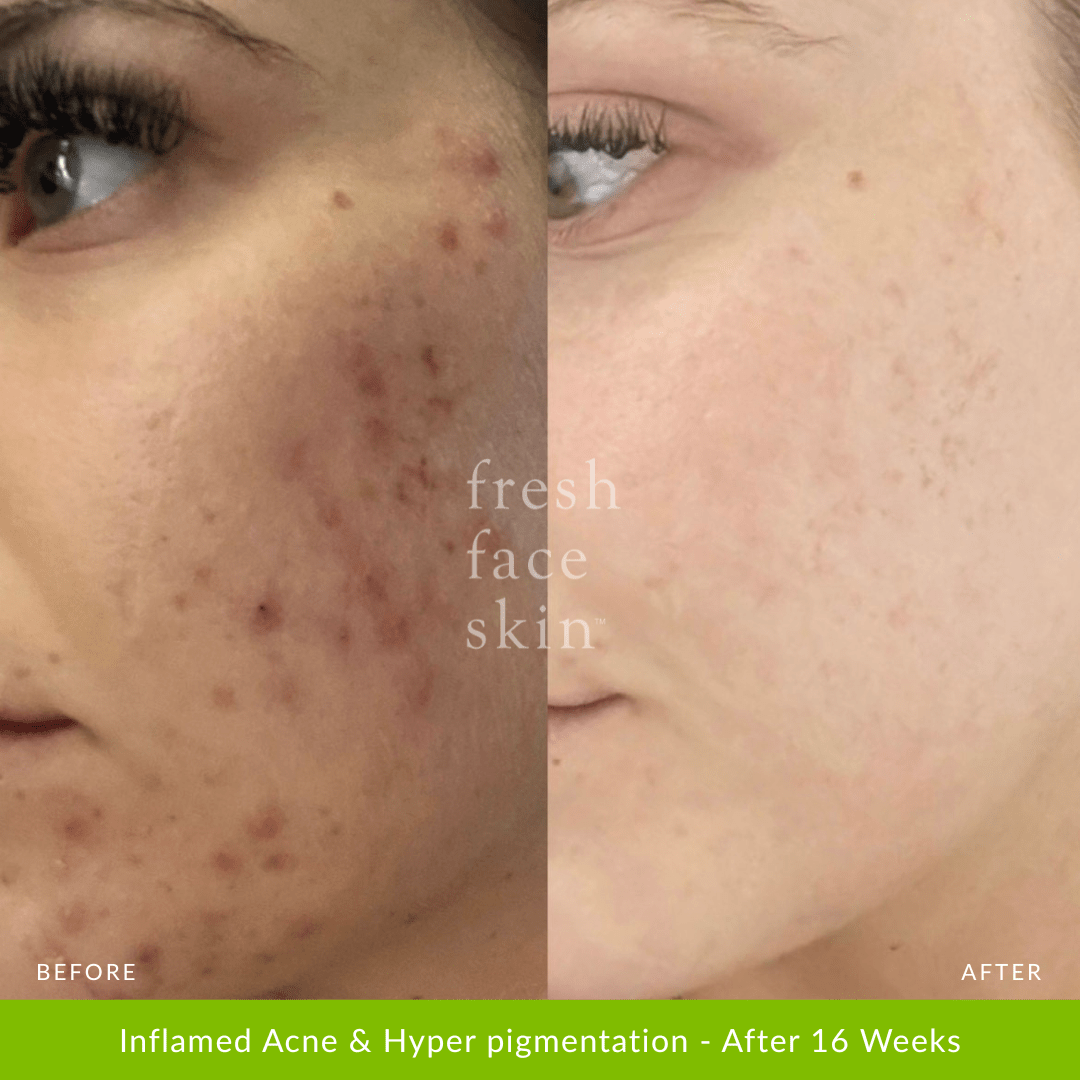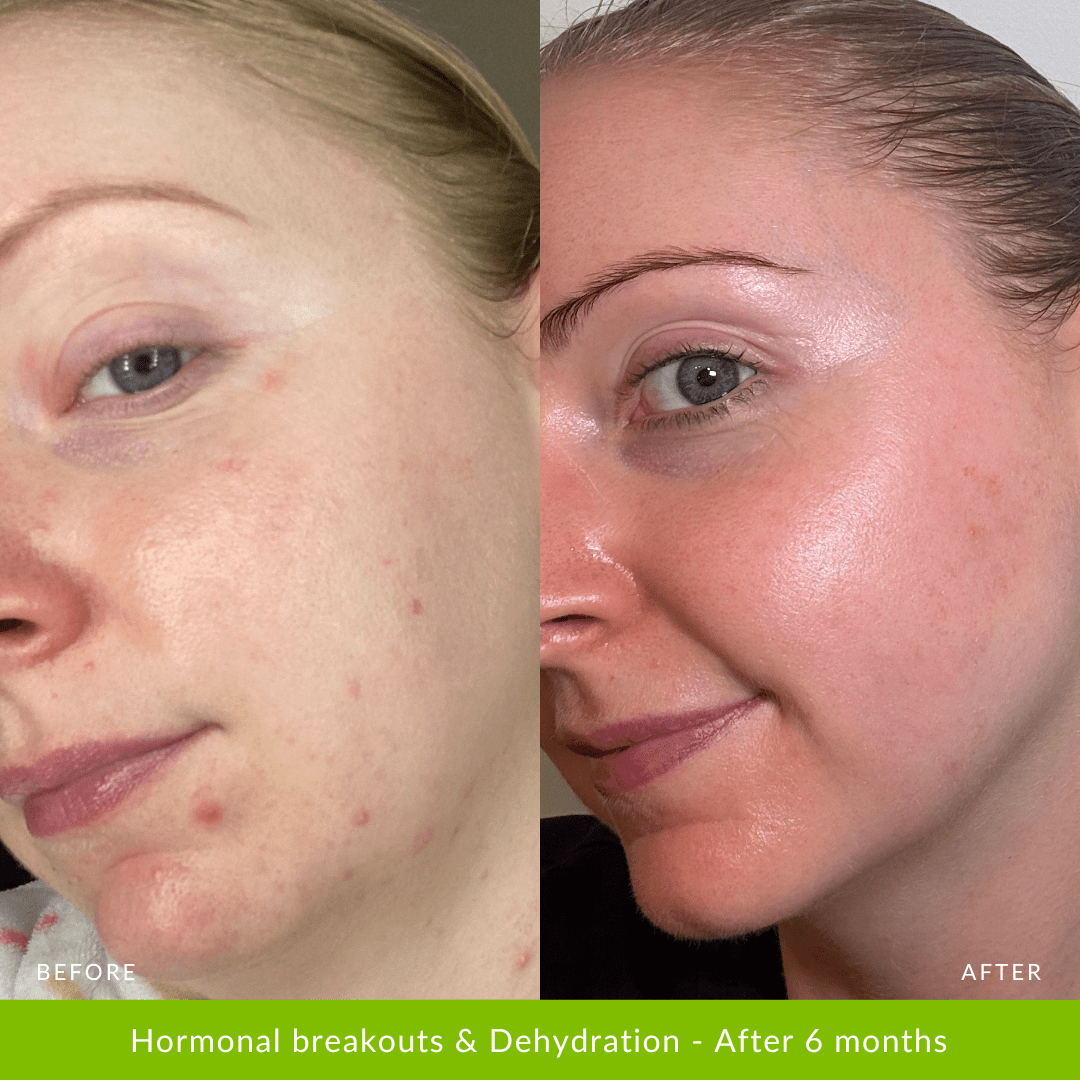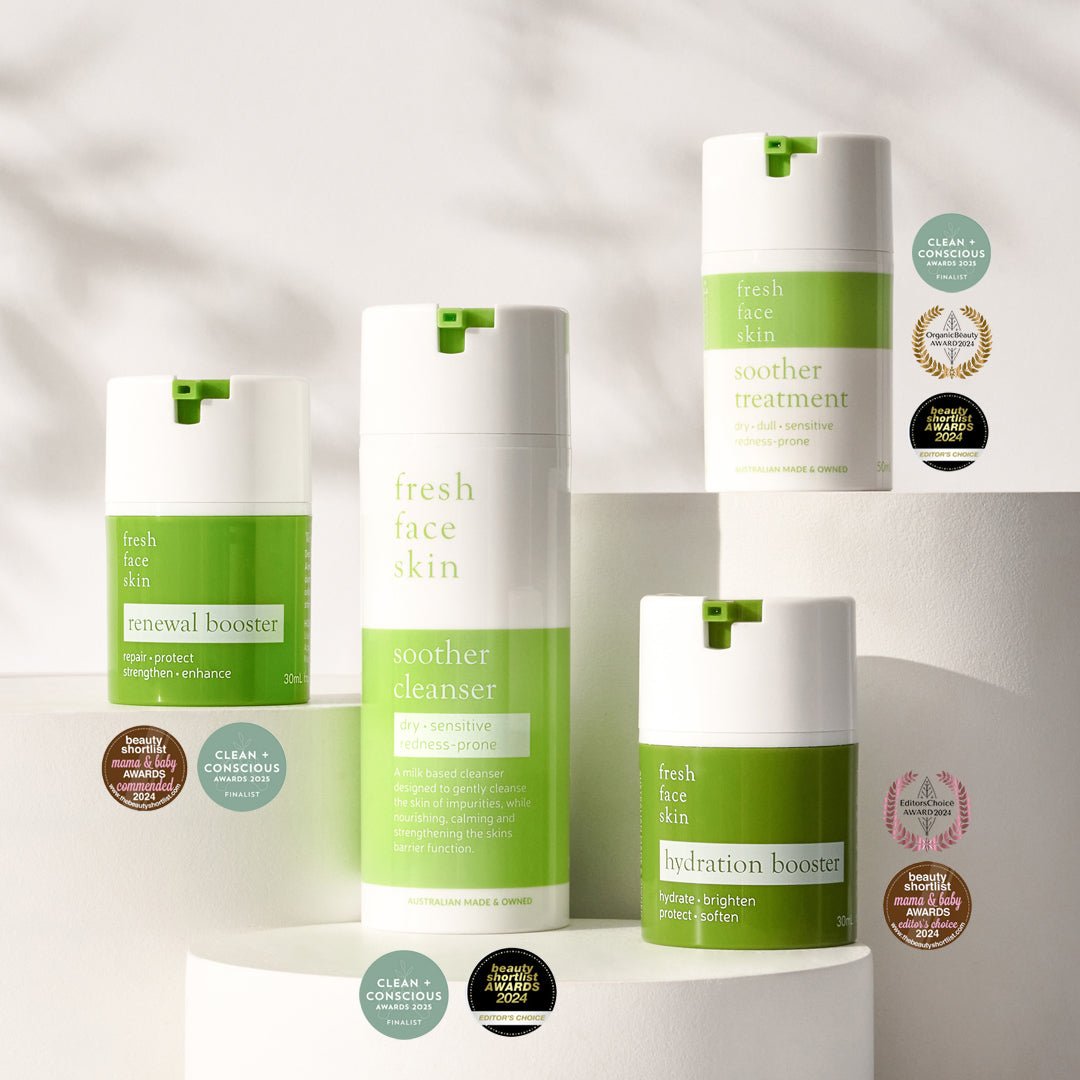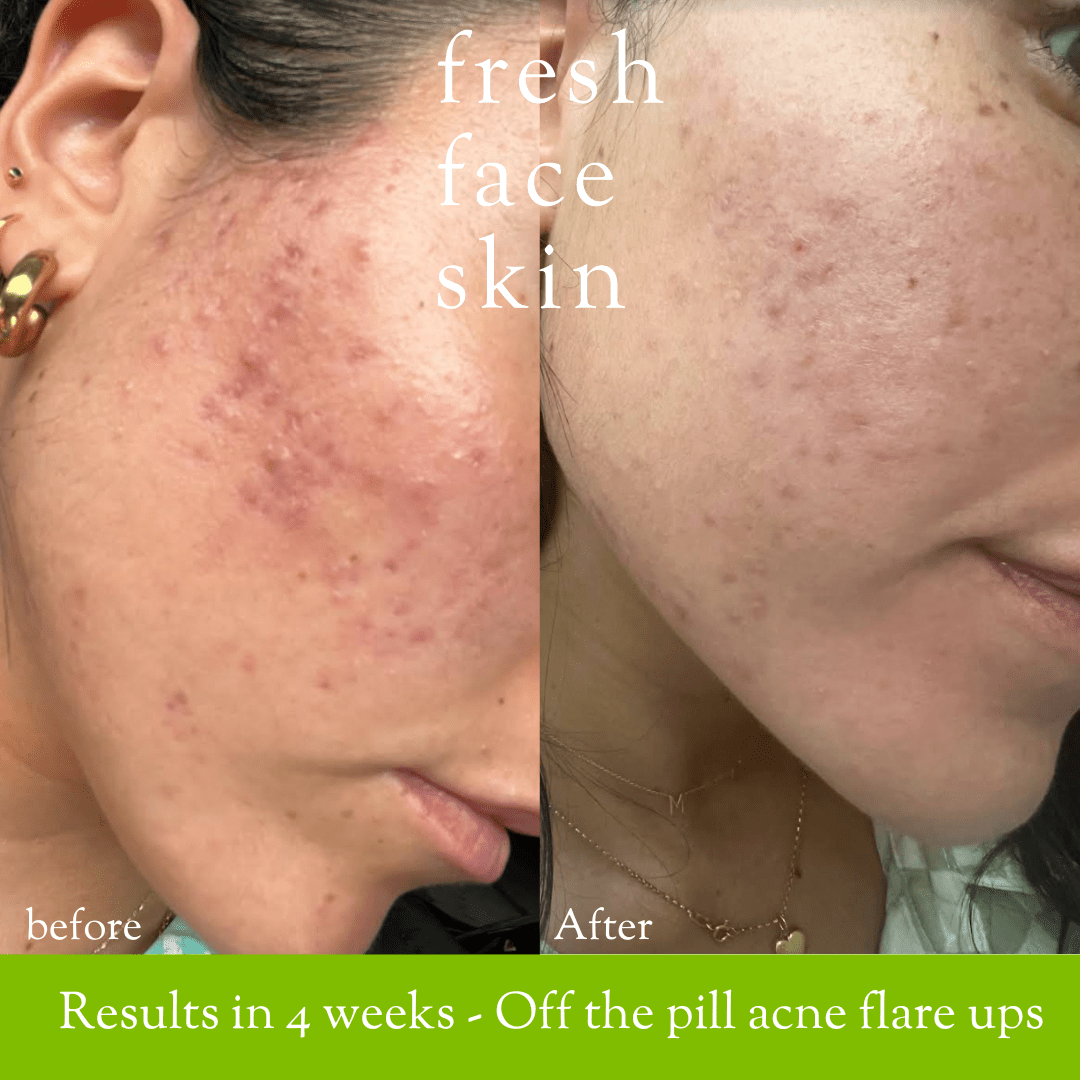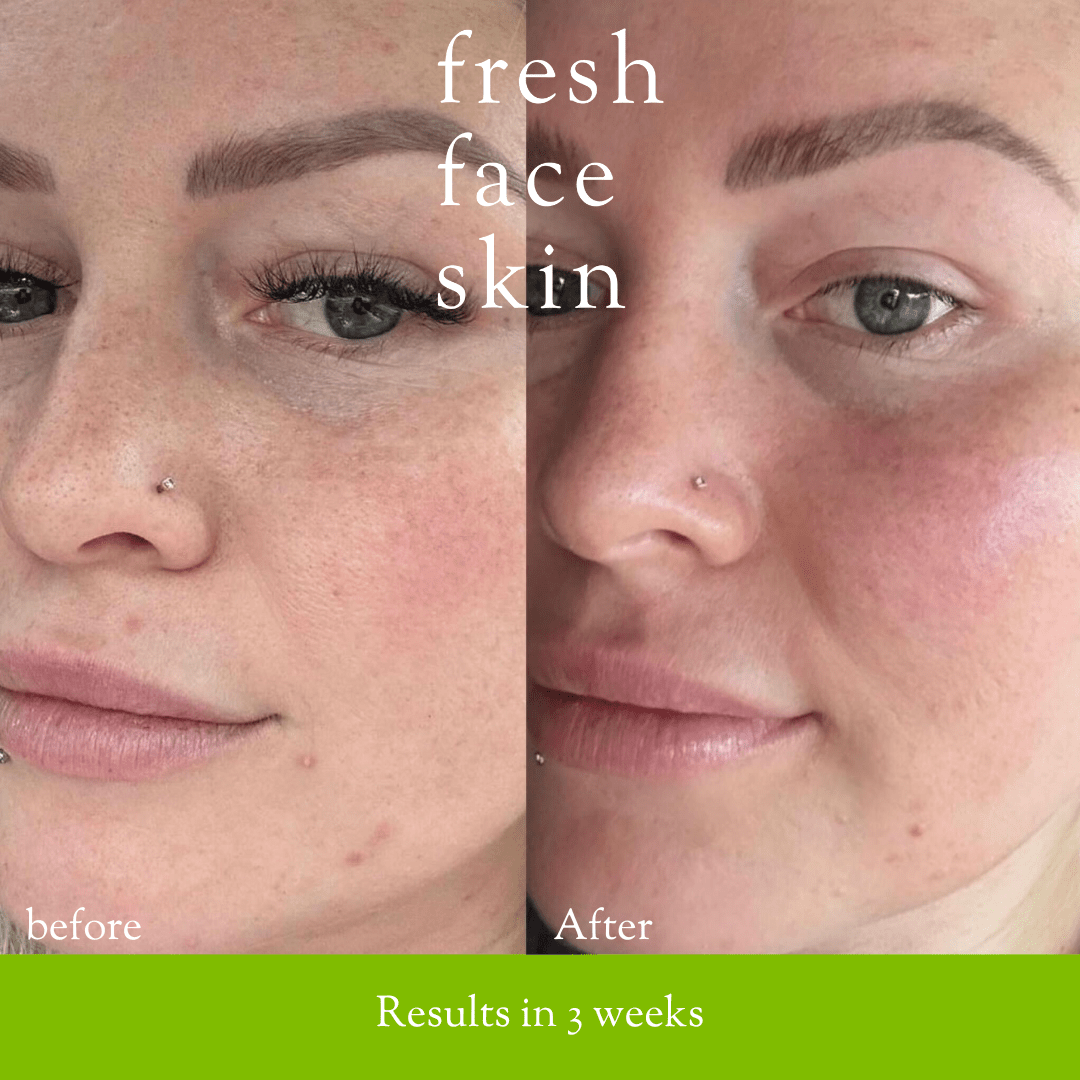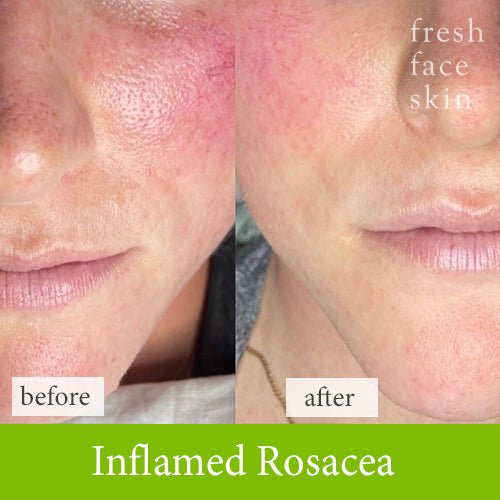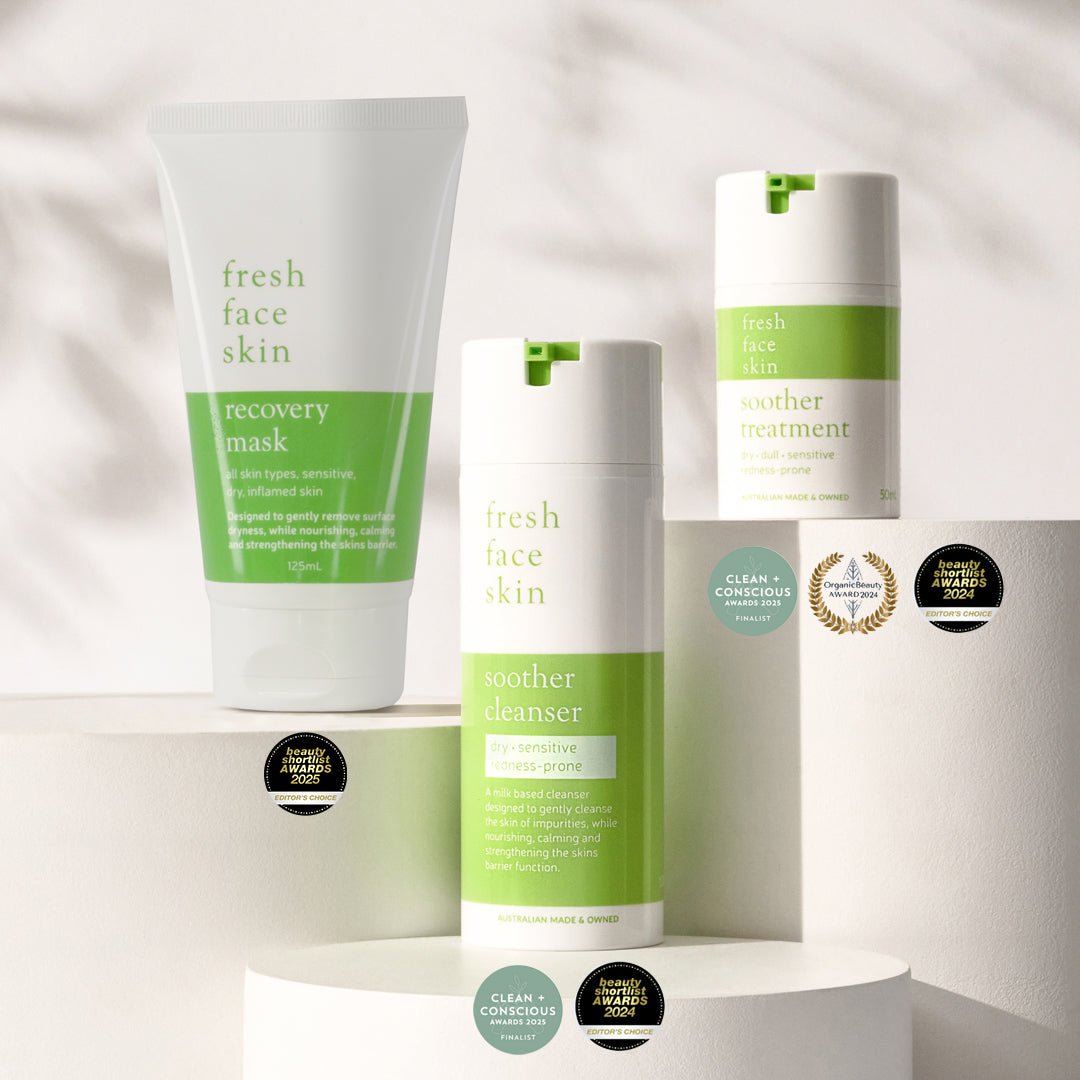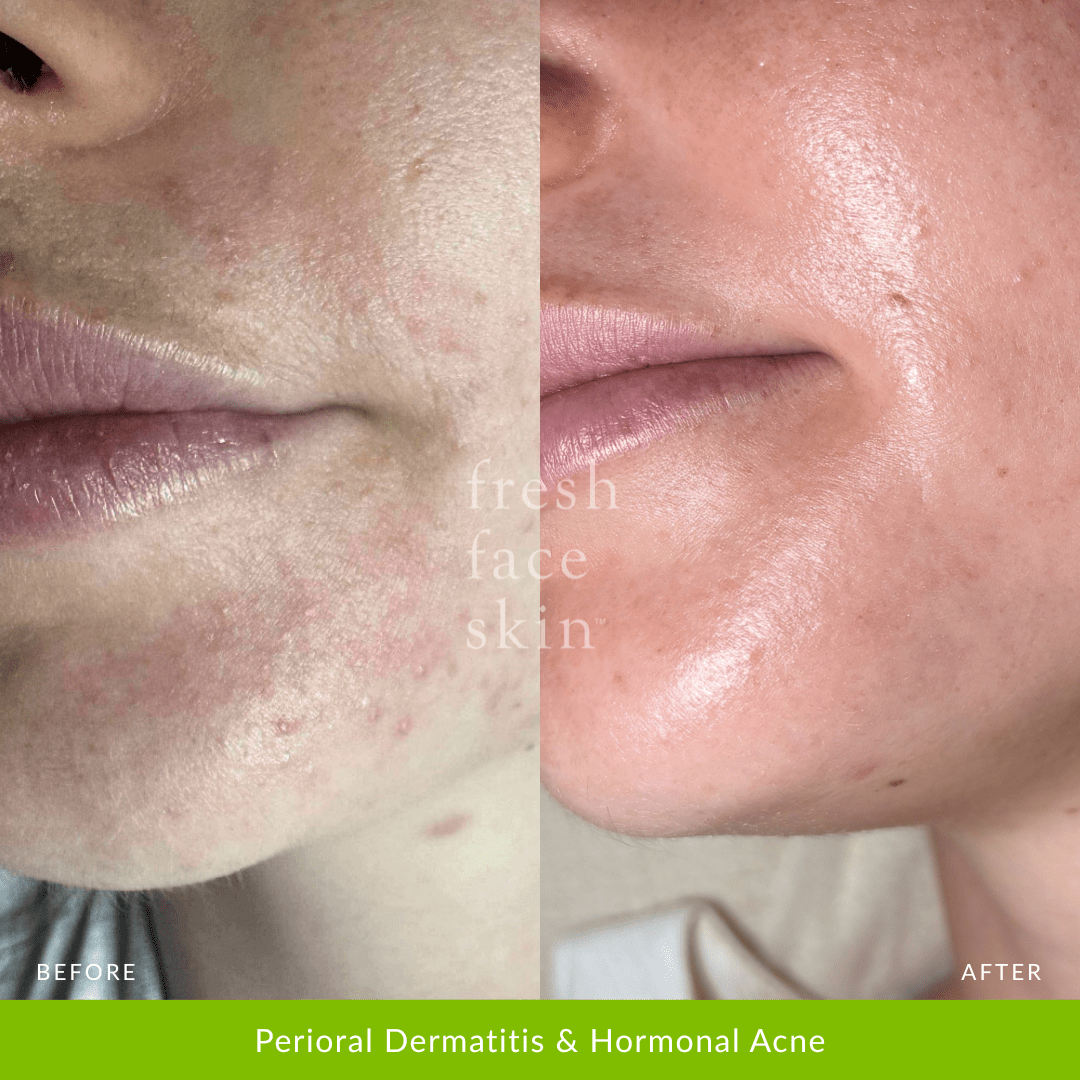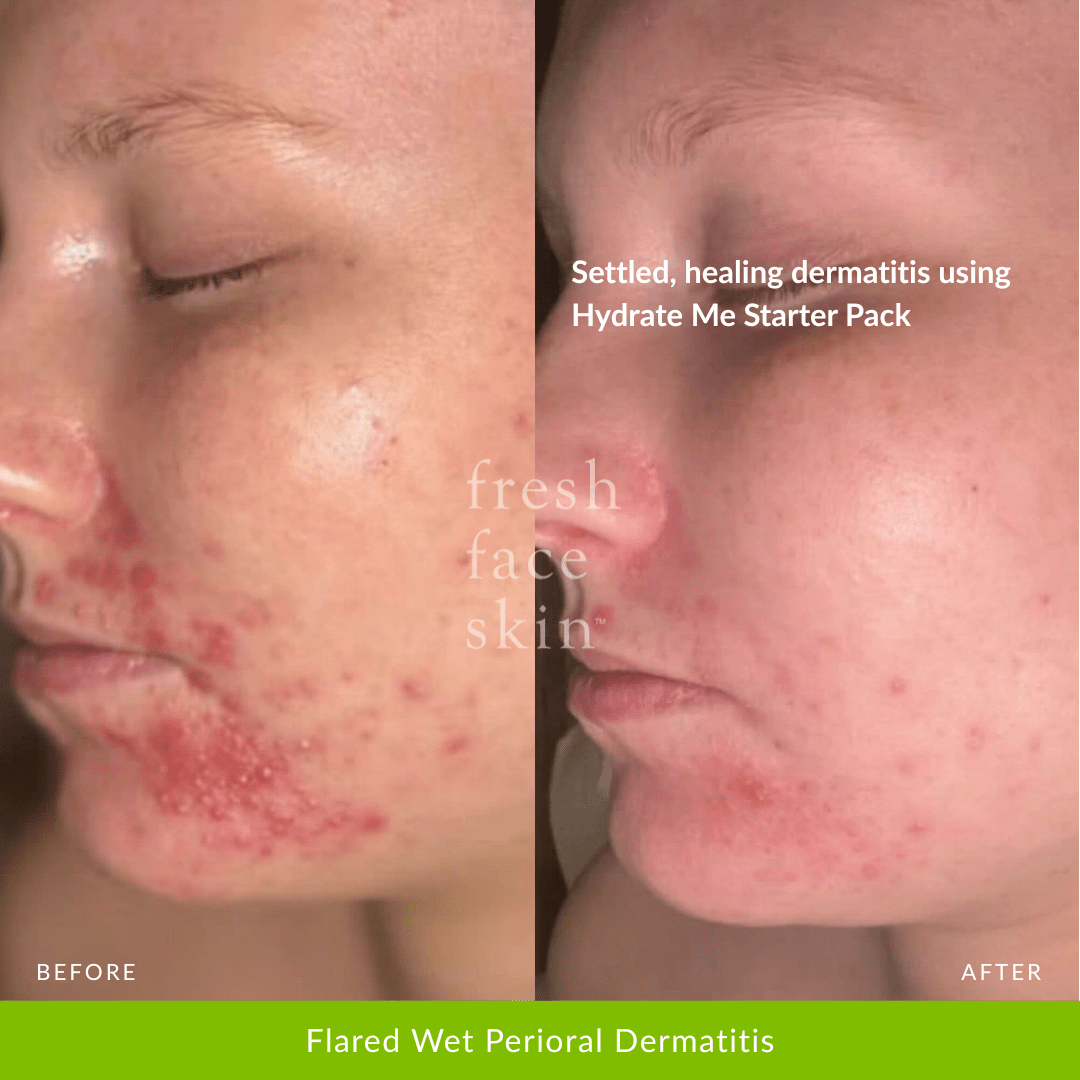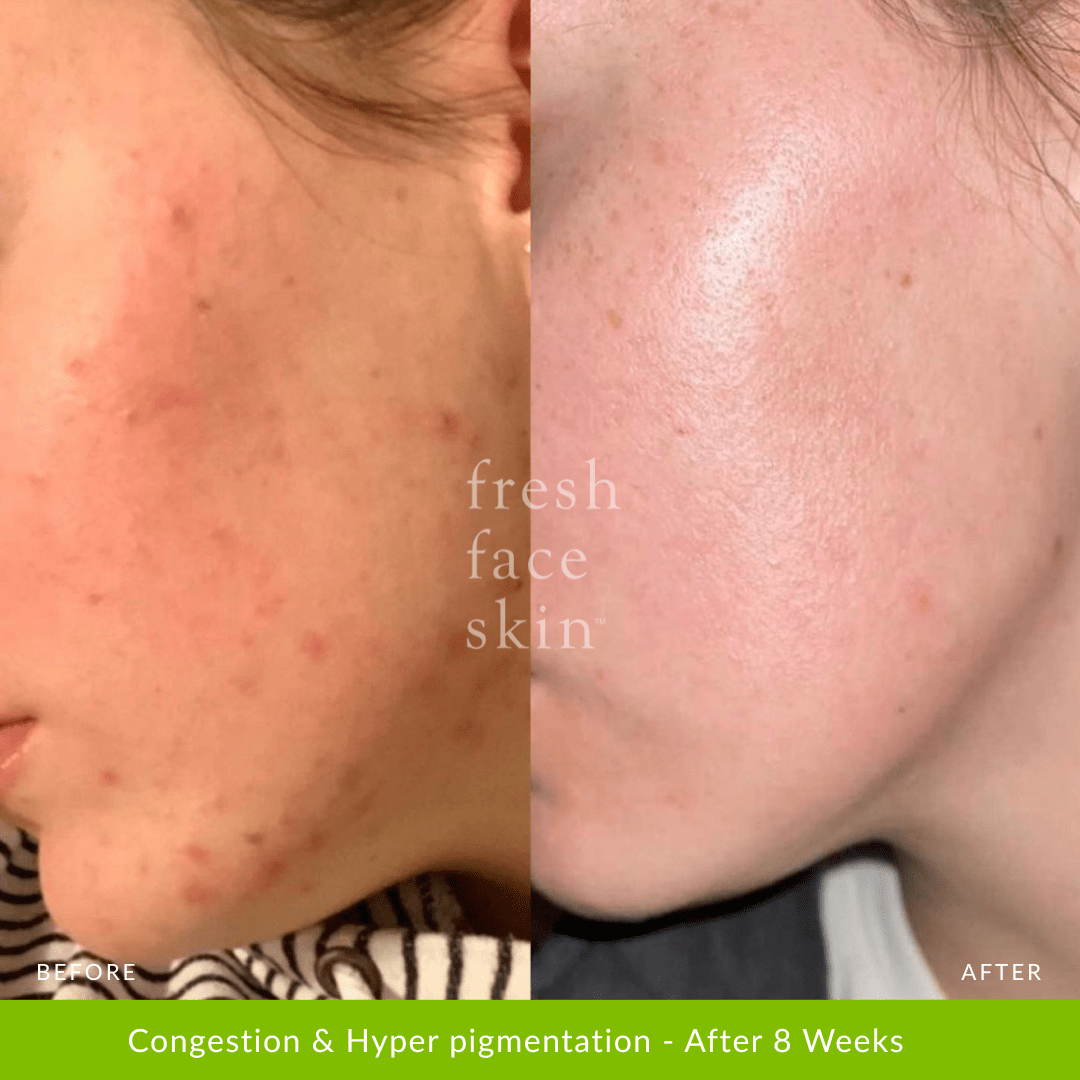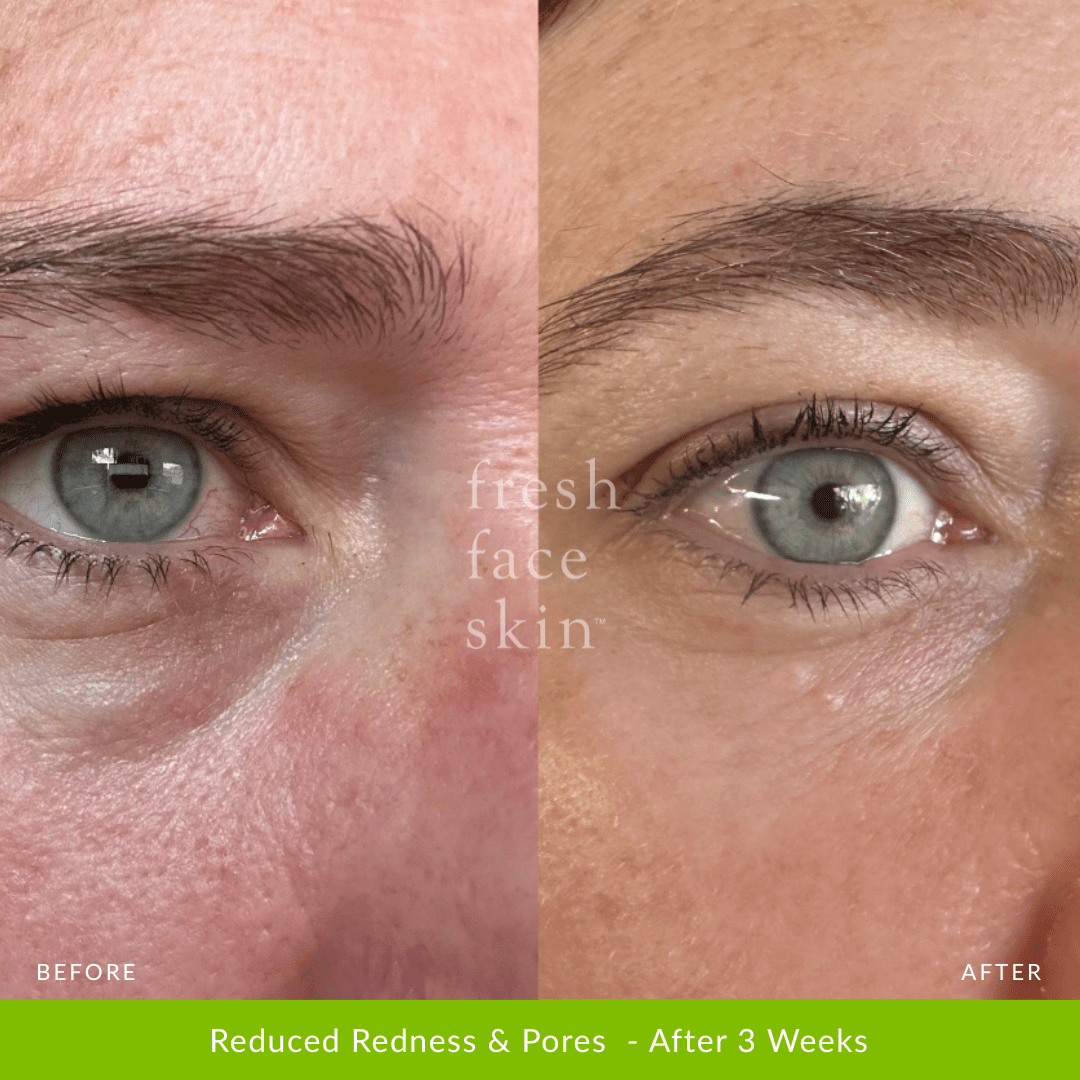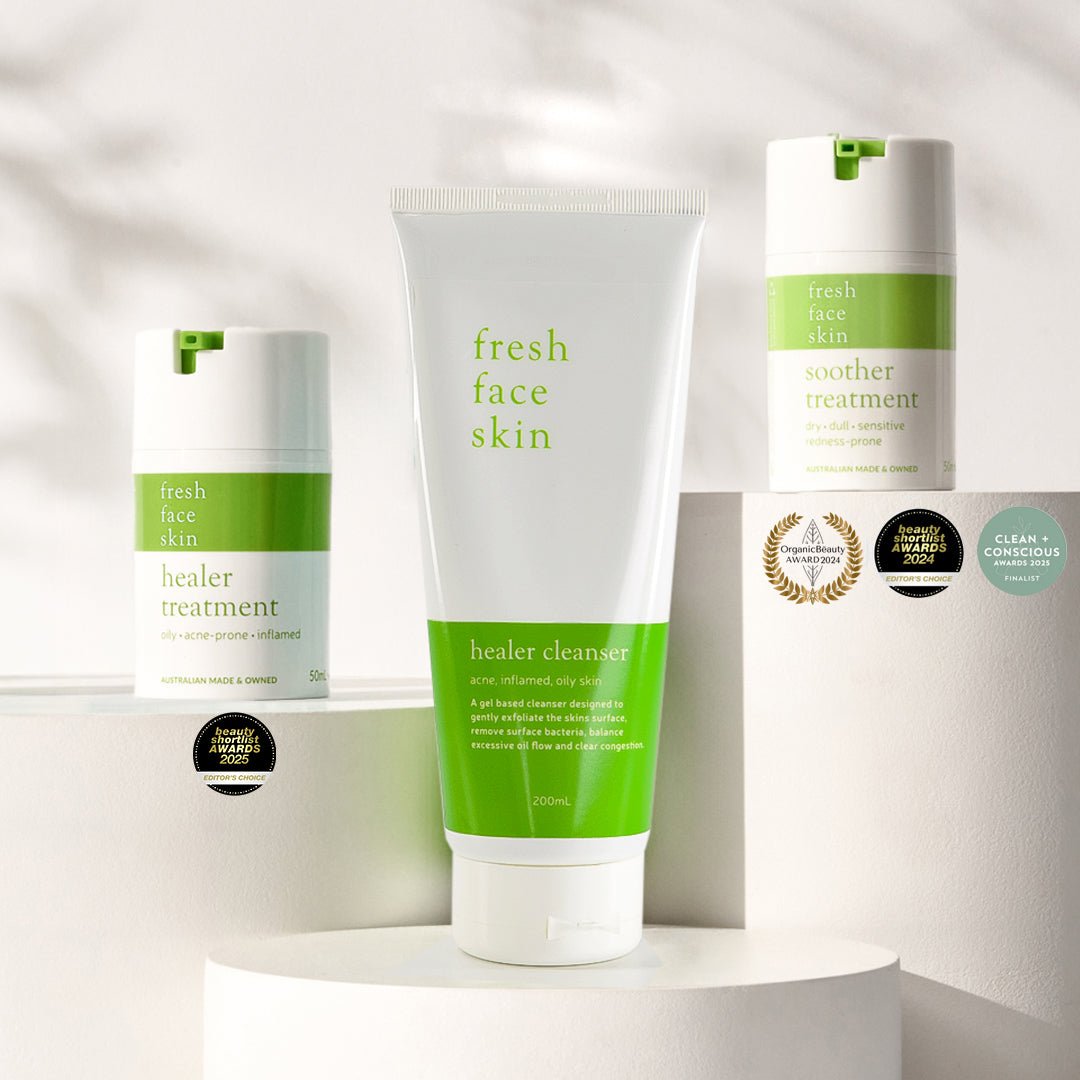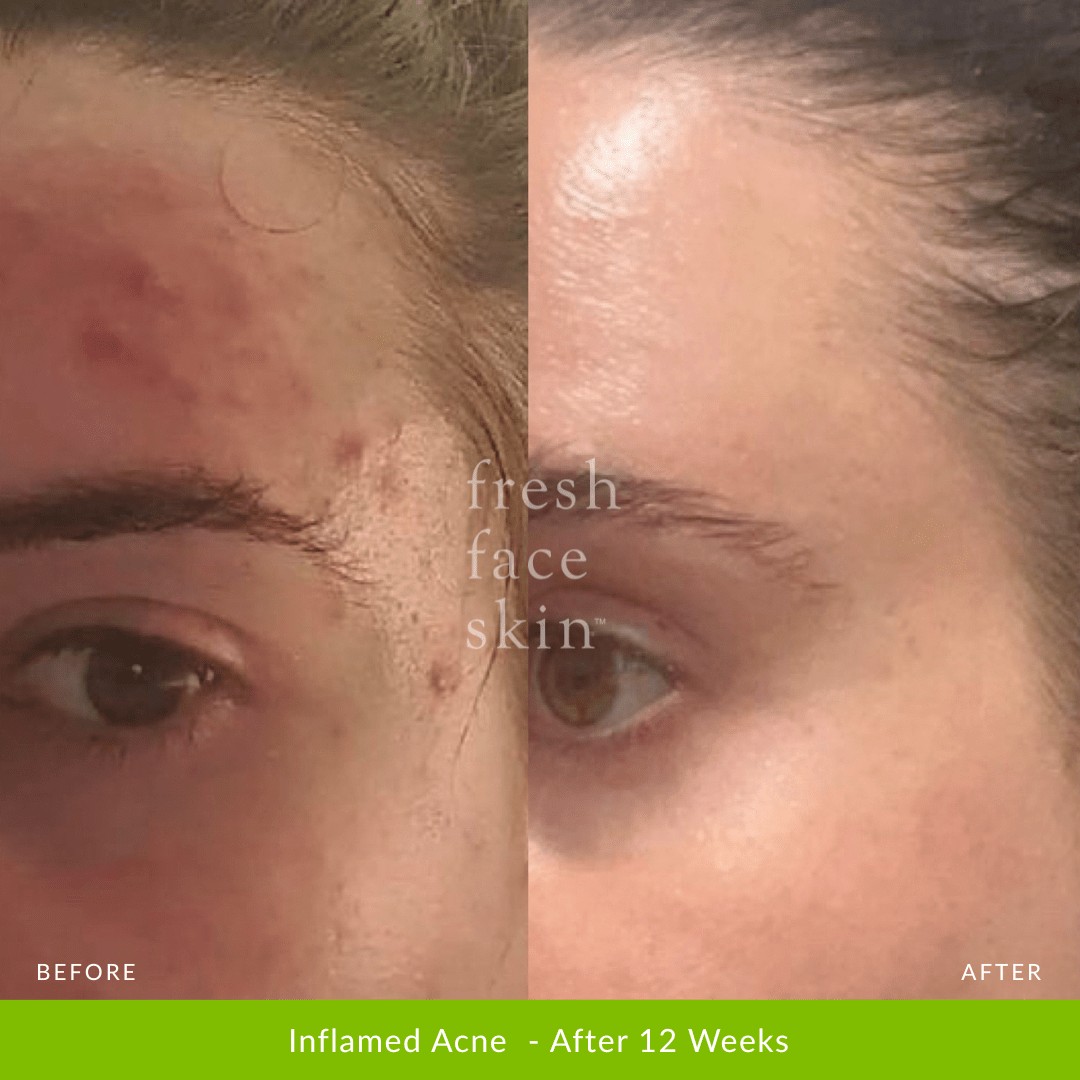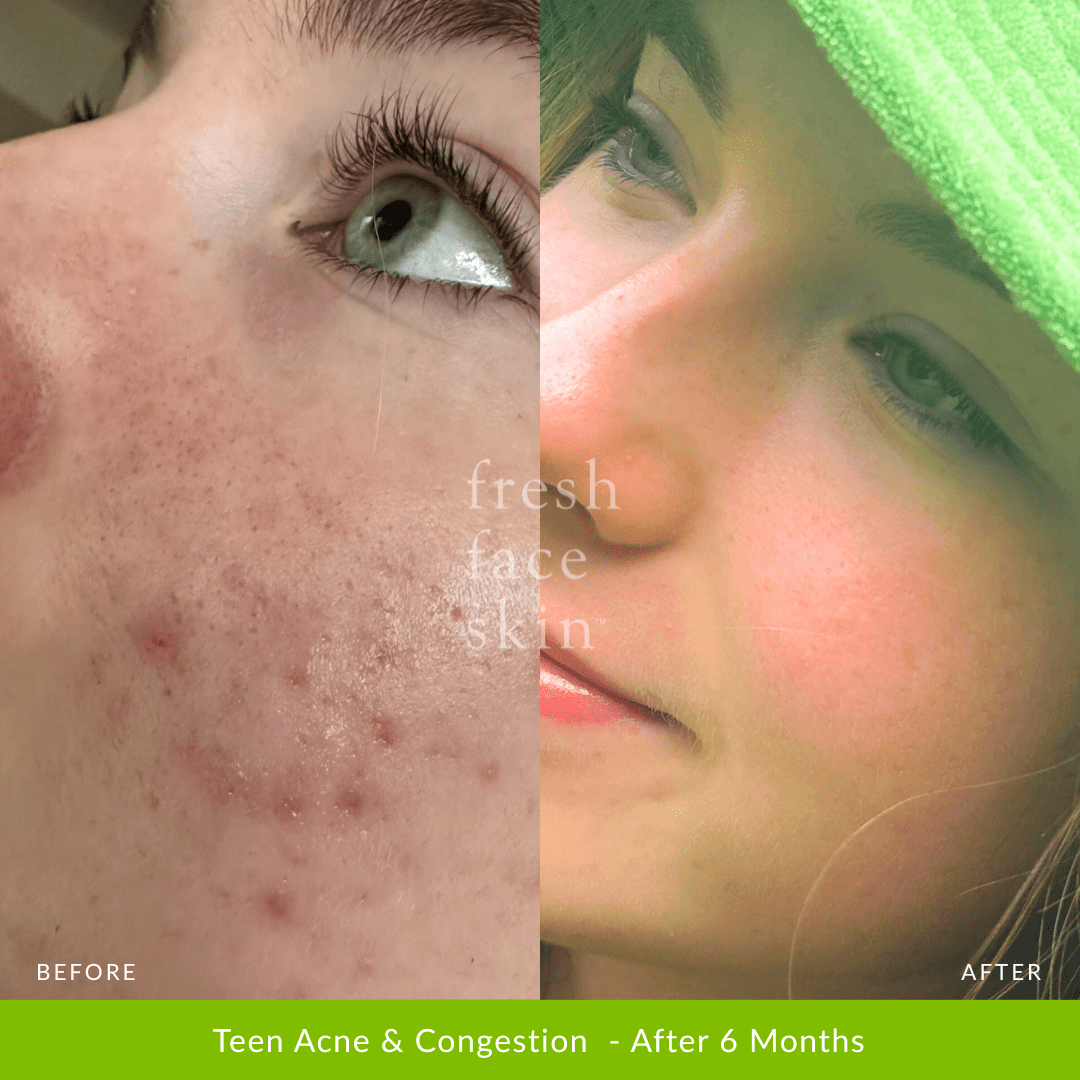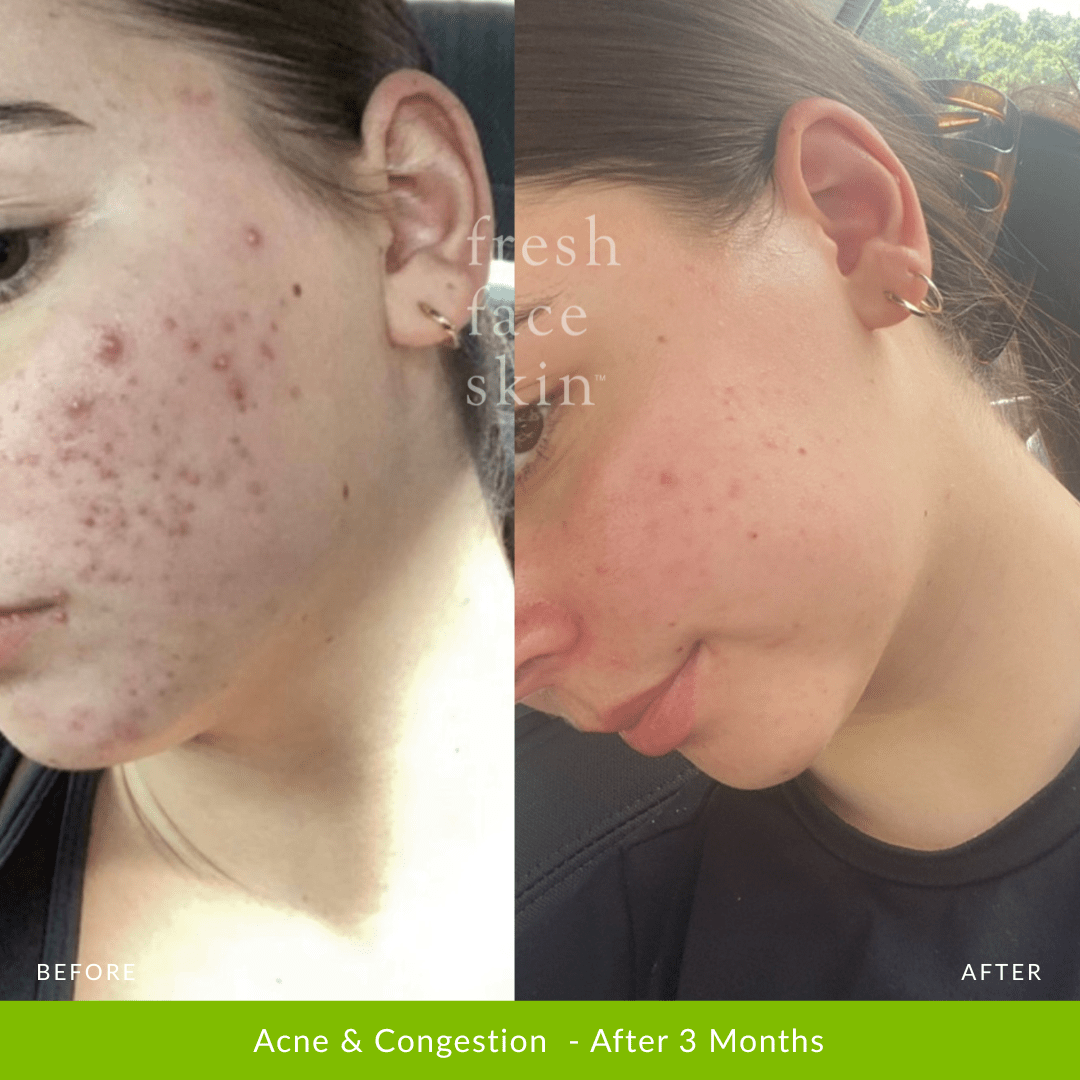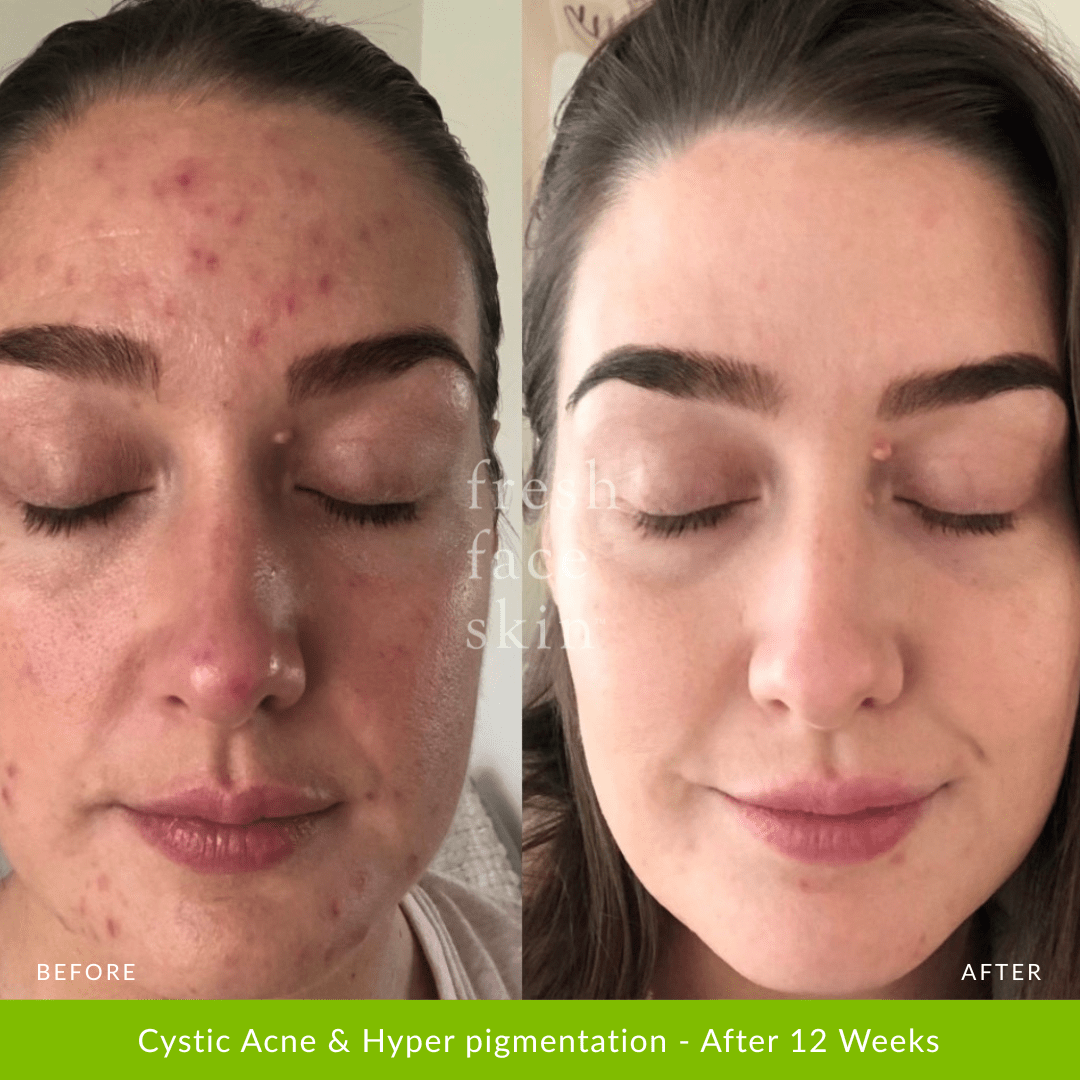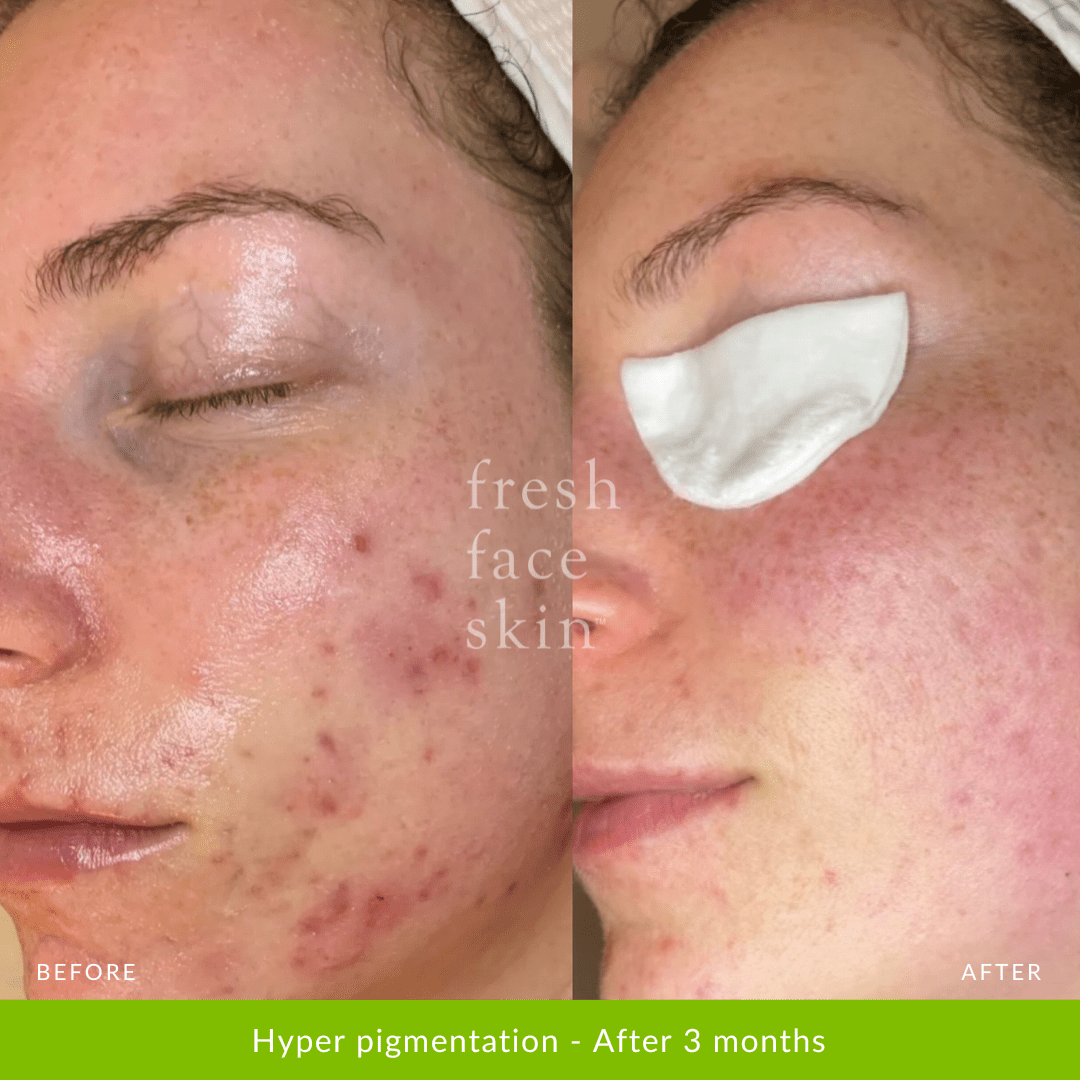If your skin has been feeling tight, flaky, or just a little lacklustre lately—you’re not alone. Dryness and dehydration are two of the most common skin concerns we see, especially in Australian skins due to our harsh climate.
Understanding the difference between the two—and how to treat them—can help you finally get back to that healthy, radiant glow we all aim for. Let’s break down the myths, the facts, and the everyday habits that might be holding your skin back from its best self.
What’s Really Causing Your Dry or Dehydrated Skin?
The answer? It depends on why your skin is feeling dry.
Dry skin is a skin type. This means your skin naturally produces less oil (sebum), which often leads to flakiness, rough texture, and heightened sensitivity.
Dehydrated skin, on the other hand, is a skin condition. It means your skin is lacking water, not oil. This is something anyone can experience—even oily and acne-prone skin types.
Here are some of the most common causes of both dry and dehydrated skin:
- Harsh skincare product use or over-exfoliation
- Weather changes, particularly dry or cold climates
- Long, hot showers or low daily water intake
- A compromised skin barrier
- Stress, hormonal shifts, or lack of sleep
- Certain medications or underlying skin conditions
Dry vs. Dehydrated Skin: Know the Difference
Here’s how to tell the two apart:
| Dry Skin | Dehydrated Skin |
|---|---|
| Feels rough, flaky, or itchy | Feels tight or looks dull, or tired |
| Lacks oil | Lacks water |
| Often cracked or irritated | May show fine lines or dullness in tone |
| Persistent skin type | Temporary condition |
| Needs nourishing oils | Needs hydration and barrier repair |
Using the wrong approach can do more harm than good. For example, applying heavy oils to dehydrated skin without hydrating it first can leave your skin feeling congested and still thirsty for water.
Dry Skin Can Lead to These Common Skin Concerns
When your skin is dehydrated, it lacks external protection and can’t function at its best internally, as it’s unable to hold onto moisture. This can lead to:
- Fine lines and premature aging
- Dullness and uneven tone
- Increased redness and sensitivity
- Flaky patches or uneven texture
- Breakouts or congestion, especially if you're overcompensating with heavy products
- Poor product absorption and lack of visible results
This is why supporting your skin barrier first is the key to long-term hydration and glow.
Hydration Myths
Let’s set the record straight on a few common skincare myths:
💧 Myth: Drinking water is enough to hydrate your skin.
Truth: While internal hydration is essential, your skin also needs topical hydration and a healthy barrier to lock it in. Think omega 3 supplements for internal hydration support, and hydration and oil-based products to ensure the skin is hydrated and can hold hydration.
💧 Myth: Oily skin doesn’t need hydration.
Truth: Oily skin can absolutely be dehydrated. If it’s tight or producing excess oil, it may be trying to compensate for water loss.
💧 Myth: A thick cream will fix everything.
Truth: Without hydrating ingredients like hyaluronic acid, glycerin, or aloe vera—and a focus on barrier repair—you’re only masking the problem.
How to Properly Hydrate and Heal Your Skin
At Fresh Face Skin, our focus is simple: Heal the barrier, then hydrate.
When your barrier is supported, hydration can be retained—and your skin starts to function as it should.
Here’s our go-to hydration routine:
-
Start with a gentle, barrier-supportive cleanser
Harsh foaming cleansers can strip your skin, causing further barrier impairment. Our Soother Cleanser gently and effectively cleanses, without disrupting your natural oils.
-
Apply water-based hydration
Look for ingredients like aloe vera, glycerin, or hyaluronic acid. These draw moisture into the skin, enhancing hydration and plumping the skin.
-
Seal it in with nourishing products
Our award-winning Soother Treatment is hand-crafted with plant-based ceramides and natural oils to lock in hydration and restore your barrier.
-
Keep your routine simple
More isn’t always better. Too many steps or actives can overwork the skin—especially when it's dry or dehydrated. Strip back and focus on consistency and quality.
Final Thought: Listen to Your Skin
Your skin is always talking to you. Whether you’re dealing with dry, flaky patches or just that tired, tight, sensitive feeling—your skin is asking for hydration and nourishment.
By understanding the difference between dry and dehydrated skin, you can give it what it truly needs and regain long-term balance.
At Fresh Face Skin, our entire range is developed by a skin therapist with over 12 years of hands-on experience treating real skin concerns. We believe skincare should be simple, nurturing, and grounded in natural confidence.





